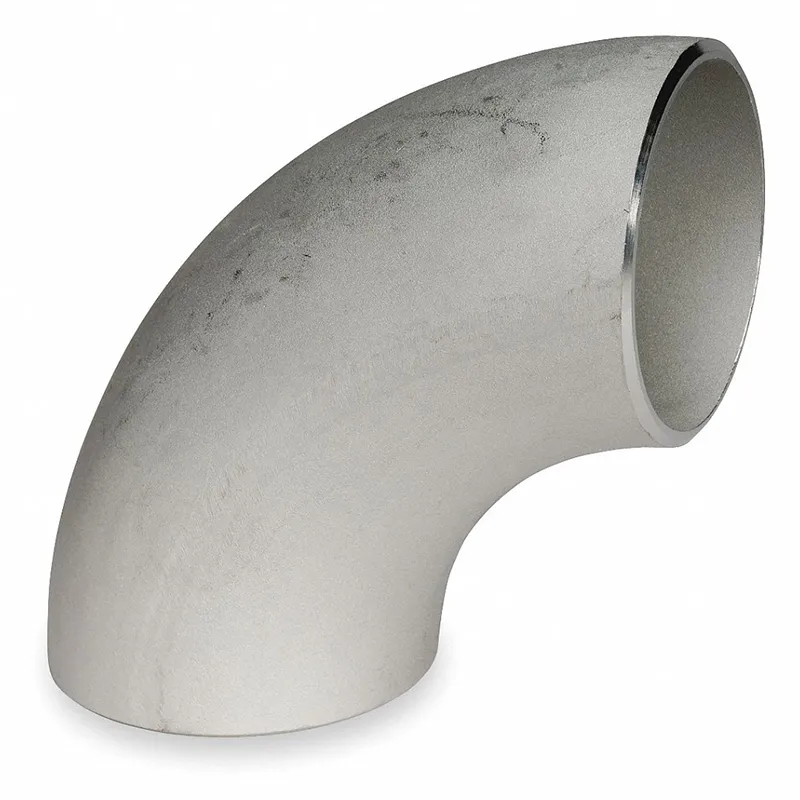-
Cangzhou Yulong Steel Co., Ltd.
-
Phone:
+86 13303177267 -
Email:
admin@ylsteelfittings.com
- English
- Arabic
- Italian
- Spanish
- Portuguese
- German
- kazakh
- Persian
- Greek
- French
- Russian
- Polish
- Thai
- Indonesian
- Vietnamese
- Zulu
- Korean
- Uzbek
- Hindi
- Serbian
- Malay
- Ukrainian
- Gujarati
- Haitian Creole
- hausa
- hawaiian
- Hebrew
- Miao
- Hungarian
- Icelandic
- igbo
- irish
- Japanese
- Javanese
- Kannada
- Khmer
- Rwandese
- Afrikaans
- Albanian
- Amharic
- Armenian
- Azerbaijani
- Basque
- Belarusian
- Bengali
- Bosnian
- Bulgarian
- Catalan
- Cebuano
- China
- China (Taiwan)
- Corsican
- Croatian
- Czech
- Danish
- Esperanto
- Estonian
- Finnish
- Frisian
- Galician
- Georgian
- Kurdish
- Kyrgyz
- Lao
- Latin
- Latvian
- Lithuanian
- Luxembourgish
- Macedonian
- Malgashi
- Malayalam
- Maltese
- Maori
- Marathi
- Mongolian
- Myanmar
- Nepali
- Norwegian
- Norwegian
- Occitan
- Pashto
- Dutch
- Punjabi
- Romanian
- Samoan
- Scottish Gaelic
- Sesotho
- Shona
- Sindhi
- Sinhala
- Slovak
- Slovenian
- Somali
- Sundanese
- Swahili
- Swedish
- Tagalog
- Tajik
- Tamil
- Tatar
- Telugu
- Turkish
- Turkmen
- Urdu
- Uighur
- Welsh
- Bantu
- Yiddish
- Yoruba

Oct . 08, 2024 21:37 Back to list
API 5L Standard Overview for Line Pipe Specifications and Applications
API 5L Specification for Line Pipe An Overview
The American Petroleum Institute (API) 5L specification plays a crucial role in the oil and gas industry, particularly in the transportation of hydrocarbons. This standard defines the requirements for line pipe used in pipelines that transport oil, gas, and other fluids. With the increasing demand for energy and the need for effective transportation infrastructure, understanding API 5L specifications is essential for industry professionals, manufacturers, and operators.
Historical Context and Development
API 5L was first introduced in 1927, and it has undergone several revisions to adapt to emerging technologies and industry requirements. Initially focused on the design and manufacturing of pipes for oil and gas applications, the standard has evolved to include specifications for a variety of materials, dimensions, and mechanical properties. The revisions ensure that the specifications remain relevant and provide guidance for safe and efficient pipeline construction.
Key Specifications and Categories
API 5L categorizes pipes based on their intended use and material properties. The specification is divided into two main categories PSL1 (Product Specification Level 1) and PSL2. PSL1 pipes are designed for standard quality and performance, while PSL2 pipes offer enhanced mechanical properties, including improved toughness and yield strength. This differentiation allows operators to choose the most suitable pipe for specific environmental conditions and operational demands.
The standard specifies various grades of steel, such as A25, B, X42, X52, X56, X60, X65, and X70, each designed to meet specific mechanical and chemical requirements. These grades indicate the pipe's strength and suitability for different pressures and temperatures, ensuring reliability in various pipeline applications.
Dimensional and Tolerances Standards
api 5l specification for line pipe

API 5L sets strict tolerances for dimensions to facilitate the fabrication and installation of pipes. The specification outlines preferred pipe sizes, wall thicknesses, and lengths, ensuring compatibility across different systems and enhancing the ease of installation. This uniformity is critical for maintaining the integrity of the entire pipeline network, mitigating potential failures caused by improper fittings or joint connections.
Material Quality and Testing Procedures
The specification also emphasizes the importance of material quality and performance testing. Manufacturers must adhere to strict quality control measures throughout the production process. This includes chemical testing to ensure that the steel meets specified requirements for elements such as carbon, manganese, sulfur, and phosphorus, which affect the material's overall performance and durability.
Furthermore, destructive and non-destructive testing methods, including Charpy impact tests, tensile tests, and radiographic examinations, are mandated to assess the mechanical properties of the finished products. These tests are vital in verifying that the line pipes can withstand harsh environmental conditions, high pressures, and loads.
Importance of Adherence to API 5L
Compliance with API 5L is critical for ensuring the safety and reliability of pipeline systems. Operators must work with manufacturers that adhere to these specifications to mitigate risks associated with pipeline failures, leaks, or ruptures, which can have devastating environmental and economic impacts. Not only does adherence to API 5L specifications promote safety, but it also supports operational efficiencies, reduces maintenance costs, and enhances the overall lifespan of pipeline infrastructure.
Conclusion
API 5L specifications are fundamental to the oil and gas industry, providing essential guidelines for the manufacturing and use of line pipes. As the demand for reliable energy transportation continues to grow, understanding these specifications is vital for stakeholders across the industry. By ensuring that pipelines are constructed with API 5L compliant materials, the industry can enhance safety, efficiency, and sustainability in its operations. Such measures not only protect investments but also safeguard the environment for future generations.
Latest news
-
ANSI 150P SS304 SO FLANGE
NewsFeb.14,2025
-
ASTM A333GR6 STEEL PIPE
NewsJan.20,2025
-
ANSI B16.5 WELDING NECK FLANGE
NewsJan.15,2026
-
ANSI B16.5 SLIP-ON FLANGE
NewsApr.19,2024
-
SABS 1123 FLANGE
NewsJan.15,2025
-
DIN86044 PLATE FLANGE
NewsApr.19,2024
-
DIN2527 BLIND FLANGE
NewsApr.12,2024
-
JIS B2311 Butt-Welding Fittings LR/SR 45°/90° /180°Seamless/Weld
NewsApr.23,2024











